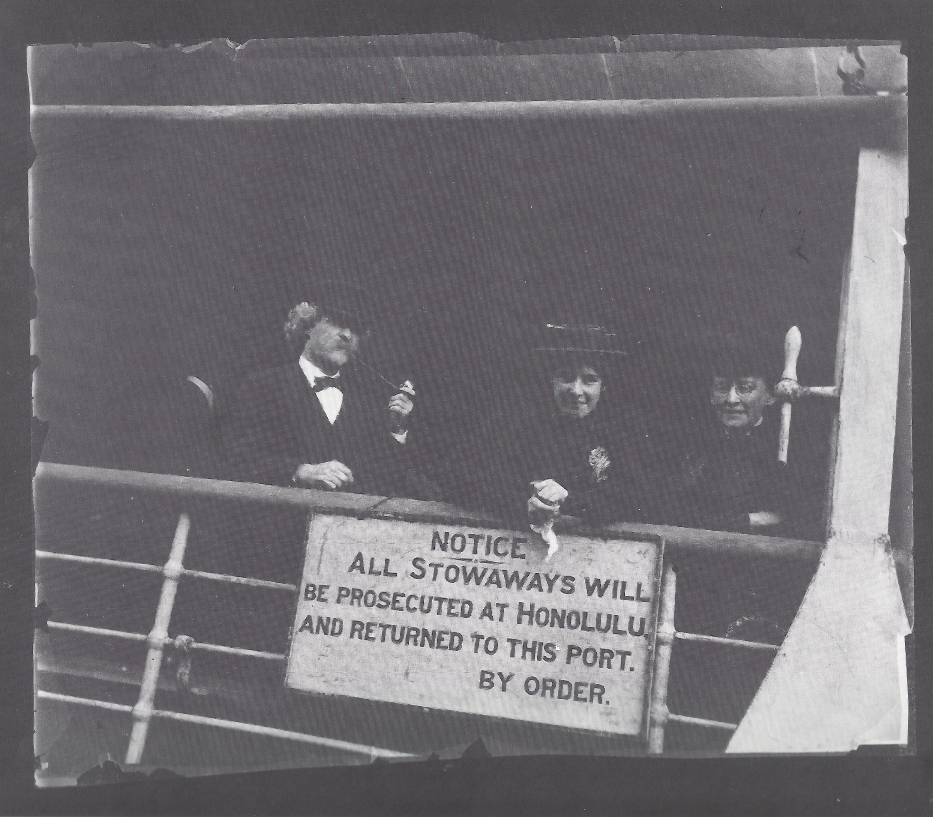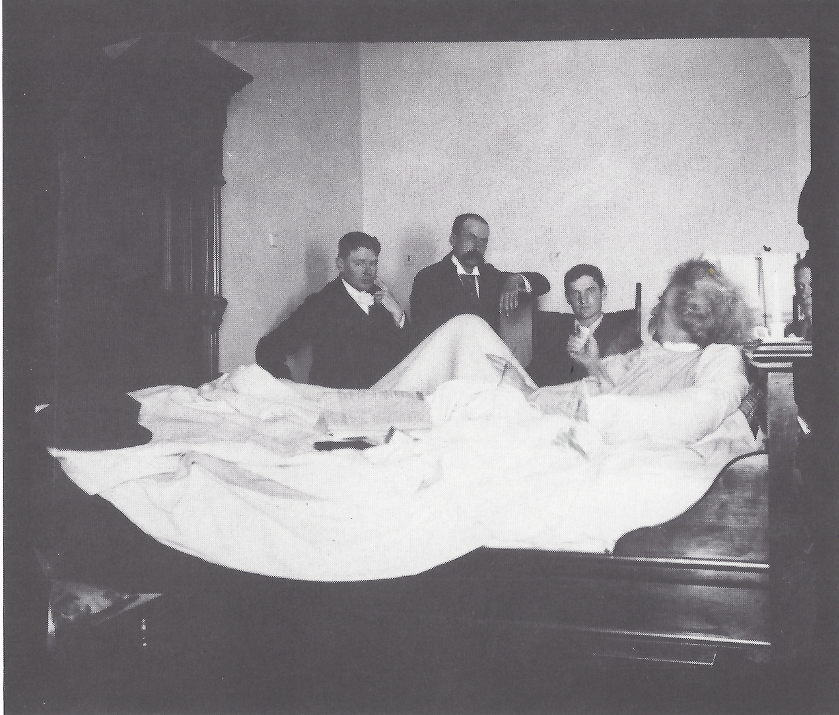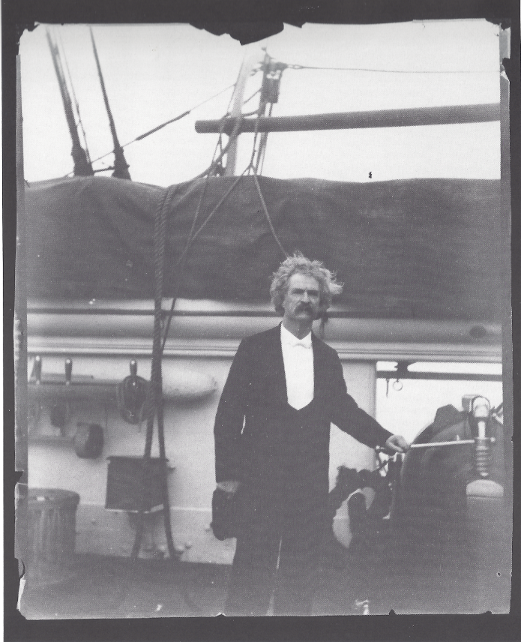Sydney Harbor
Sydney Heads
By and by, when we had approached to somewhere within thirty miles of Sydney Heads the great electric light that is posted on one of those lofty ramparts began to show, and in time the little spark grew to a great sun and pierced the firmament of darkness with a far-reaching sword of light.


